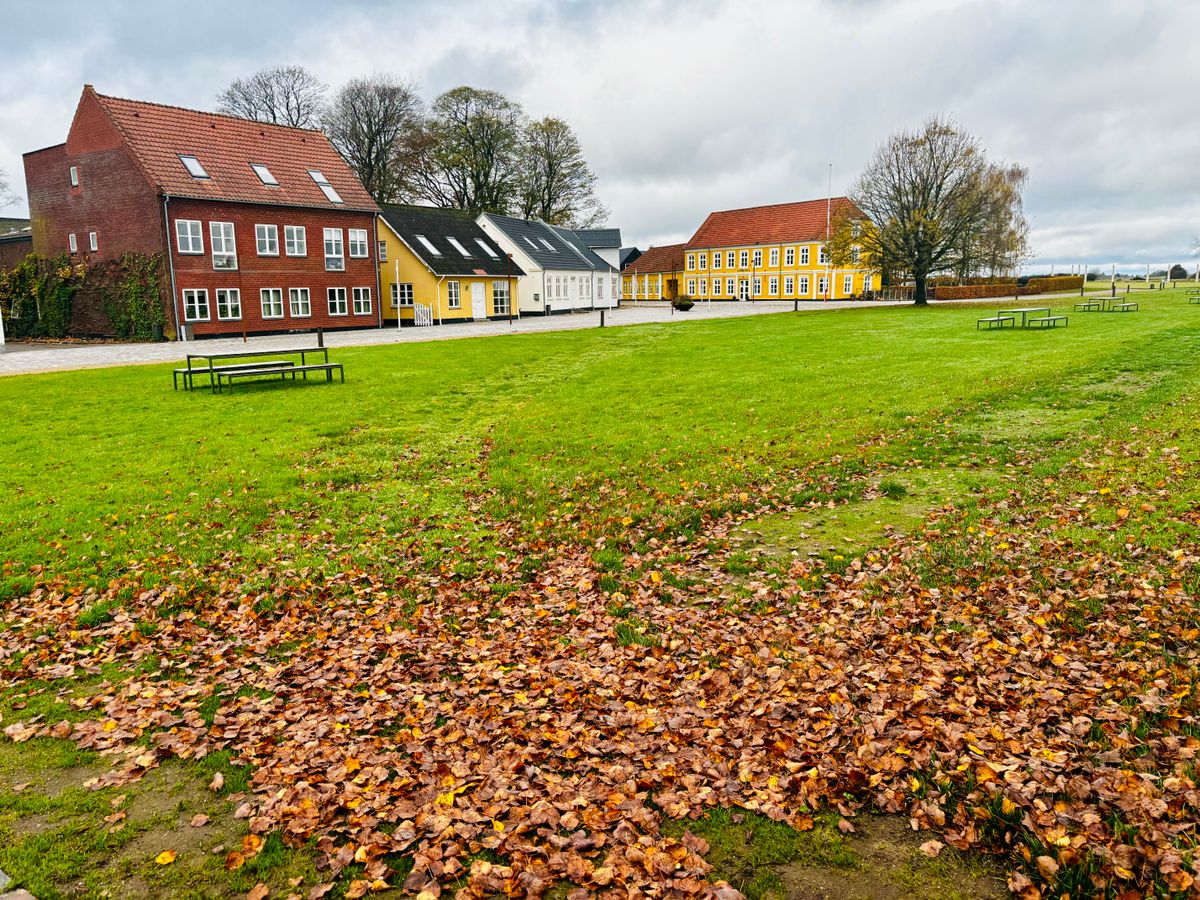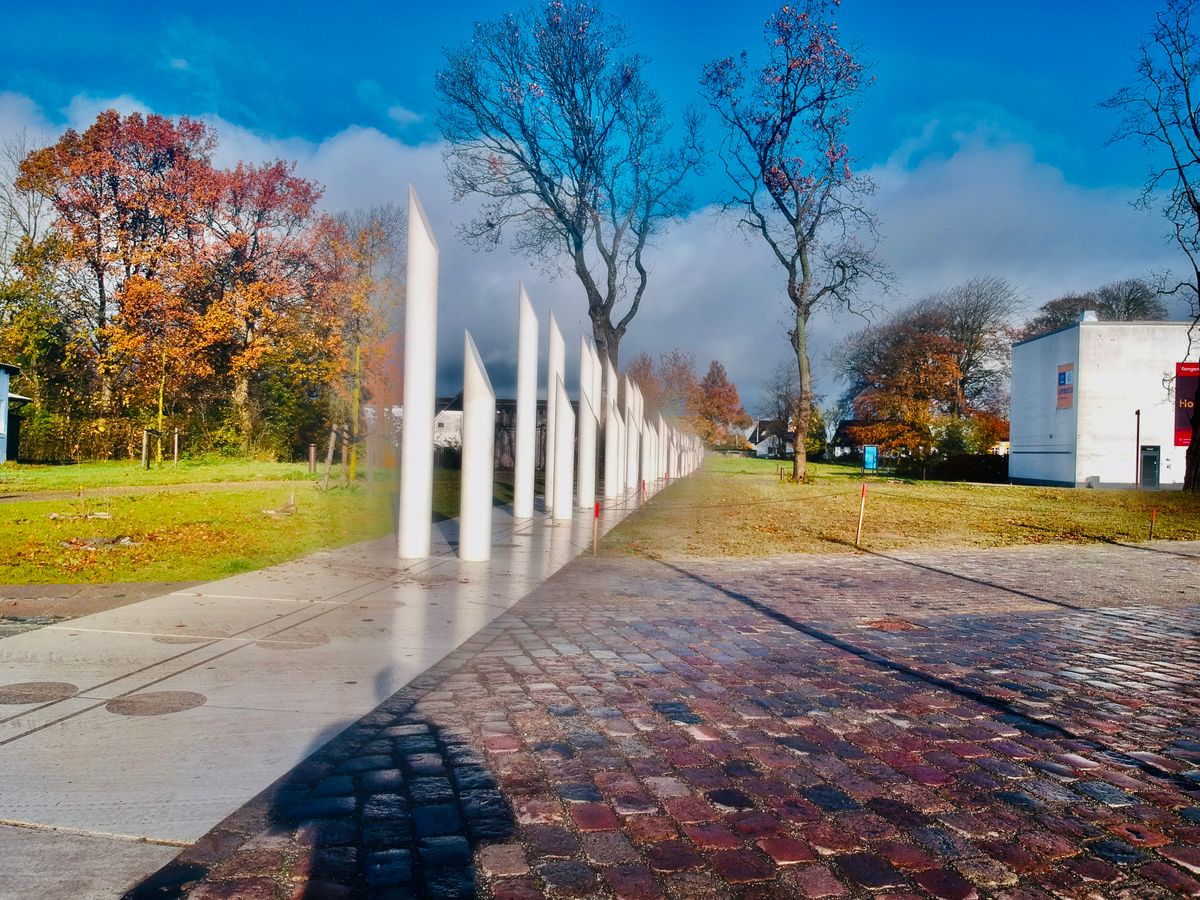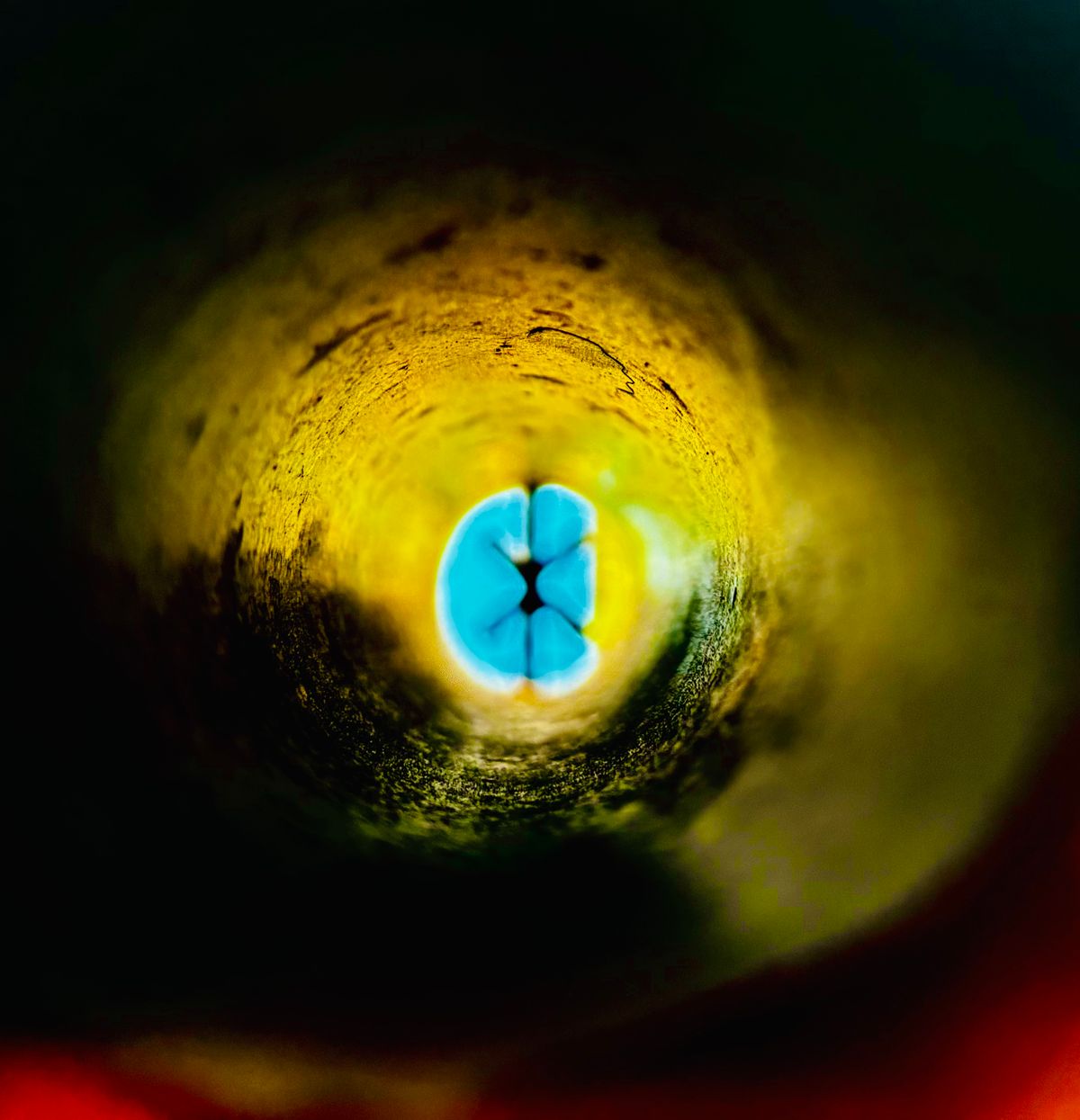About
The little Danish village of Jelling was the seat of the country's first Viking monarchs. King Gorm and his son, Harald Bluetooth (whose name and runic symbol were later given to Bluetooth technology) left behind massive pagan mounds, rune stones, and a Christian church to commemorate the paradigm shift that occurred between their reigns.
The first stone was erected by King Gorm the Old following the death of his wife, Queen Thyra, sometime around the mid-10th century. It reads, "King Gormr made this monument in memory of Thyrvé, his wife, Denmark's adornment." This is the oldest known writing referencing Denmark as a cohesive nation, and because of this the stone is sometimes called "Denmark's birth certificate."
The second, larger stone was erected by King Harald Bluetooth and reads, "King Haraldr ordered this monument made in memory of Gormr, his father, and in memory of Thyrvé, his mother; that Haraldr who won for himself all of Denmark and Norway and made the Danes Christian." This stone, erected some time after the first, is significantly more Christian in fashion. It marks a point of transition between paganism and Christianity in Denmark. This is driven home by the intricate Viking-style carving of Christ on the cross on the converse side of the stone.
Just beyond the stones are two massive mounds, constructed with architectural precision equal to the Egyptian pyramids. These are a traditional Scandinavian pagan burial, and the first is believed to be King Gorm's original tomb. The purpose of the second mound remains a mystery. The scant remains of a massive Viking ship have been unearthed between the mounds.
Towards the end of his reign, Harald had Denmark's first stone church erected at Jelling to solidify his Christianization of the nation. The church has been strikingly well-preserved, with frescoes from the 1100s still vivid and intact.
These are family heirlooms of sorts belonging to the Danish royal family, all of whom have descended from Gorm and Thyra's line, but the stones, the mounds, and the church are significant to all Danes. They represent the origins of their national identity, and they carry it with them when they travel out into the world—an image of the Christ carving appears on all Danish passports.
Related Tags
Community Contributors
Added By
Published
October 26, 2016













































































